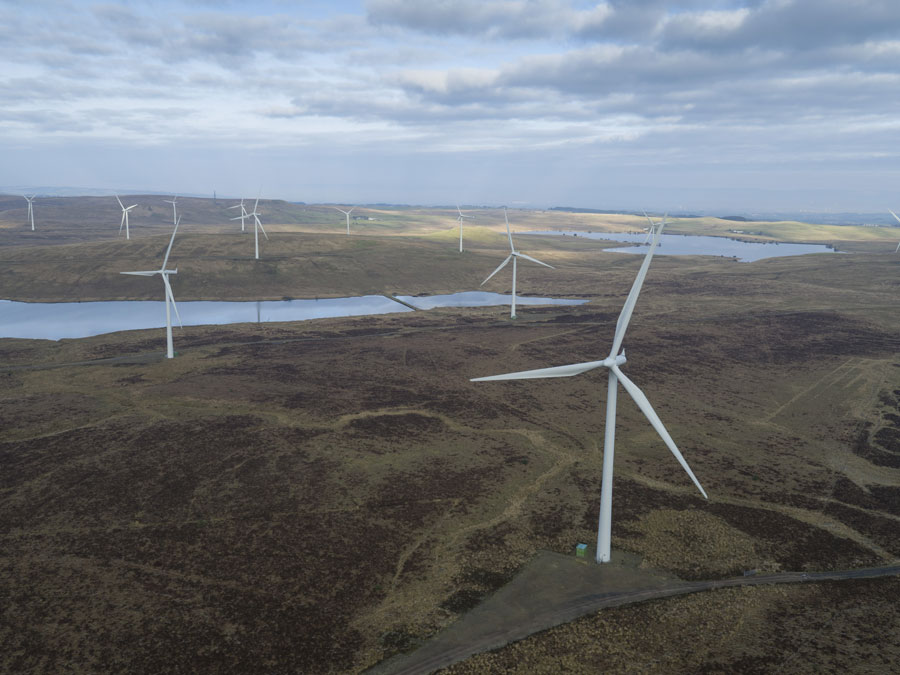Flying Insect study at Whitelee Windfarm
Flying Insect study at Whitelee Windfarm

As the only renewable energy developer, amongst universities, museums and nature statutory bodies, ScottishPower Renewables’ ecology team will collect insects from Whitelee Windfarm and send them to be analysed as part of the Wellcome Sanger Institute’s BIOSCAN project.
Every month the SPR ecology team will set up a Malaise trap on Whitelee Windfarm. The insects caught will be sent to Sanger for analysis. Scientists will use the Barcode of Life DNA database to identify the species present and over time, monitor how species diversity and abundance changes.
Excitingly, DNA is extracted from each insect non-destructively. Therefore, once the DNA has been extracted, the actual specimens will then go to a collection in a museum, for example, the National Museum Collection Centre in Edinburgh, where they can be used for other research in the future.
Data from the project will allow the ecology team to detect what impact ScottishPower Renewables’ peatland restoration work has on the insect communities at Whitelee.
Glenn Norris, Ecologist at SPR, who’s leading the project, said, “ScottishPower Renewables is always pushing to achieve the most robust and powerful monitoring of wildlife and habitats that exist alongside its energy developments. As well as pioneering novel techniques in-house, SPR also collaborates with innovative, cutting-edge projects like BIOSCAN.”
“As well as contributing to biomonitoring in the UK, the BIOSCAN project will also provide us with a huge volume of data we can use to undertake a detailed analysis of the insects present at Whitelee. This can inform the success of peatland restoration that has been undertaken on the windfarm for the last decade with the data helping the team fine-tune the current method and ongoing management to make habitats better for insects, which will ultimately benefit the diverse communities of birds and bats on the site.”
Whilst many people will be more familiar with bird and bat surveys around renewables developments, invertebrate analysis – and work to support them – is just as important as they’re part of the food chain, providing food for those birds and bats. An added advantage of supporting the bats is that more bats mean fewer midges in Scotland!
Mara Lawniczak, Senior Group Leader and BIOSCAN lead at Sanger said, “the BIOSCAN project depends on collaborations, and we are grateful to our partners across the country who are helping to establish a baseline understanding using DNA barcoding of arthropod diversity and spatiotemporal change in the UK.”
Researchers at Sanger and elsewhere are also beginning to explore ways of detecting the trace DNA of species that occur within or on other specimens, like DNA of species that have been eaten, or pollen of plants that insects have visited. With DNA based approaches, the future looks bright for gaining a deeper understanding of species interactions.
More information on the Wellcome Sanger Institute’s BIOSCAN project can be found at BIOSCAN (sanger.ac.uk) (opens in a new window)

